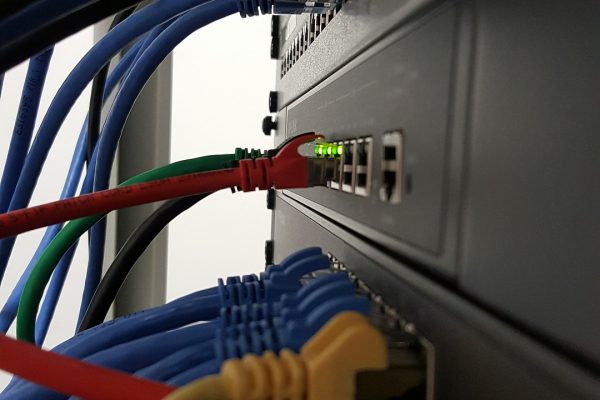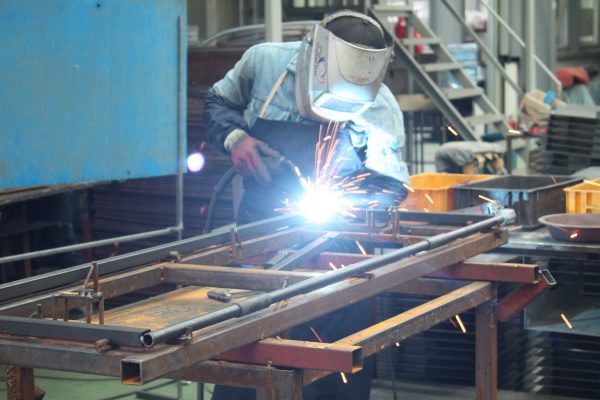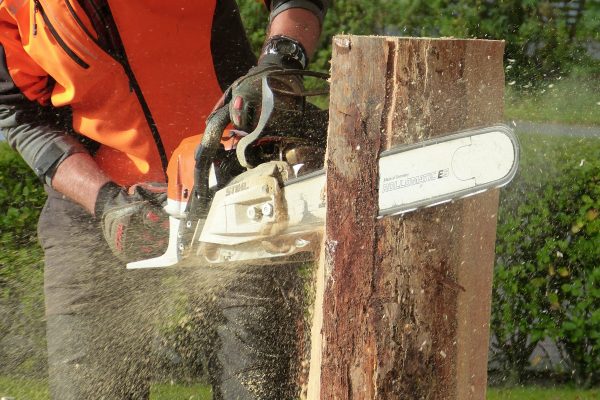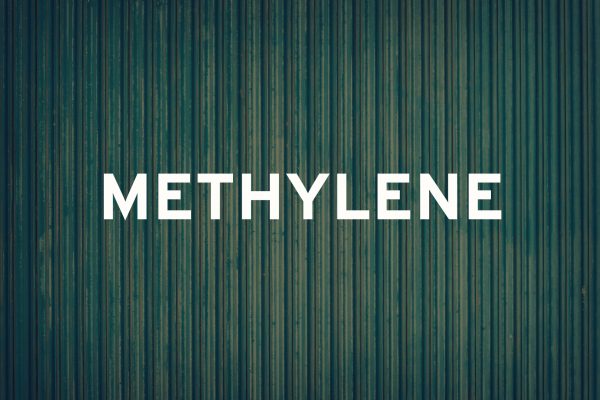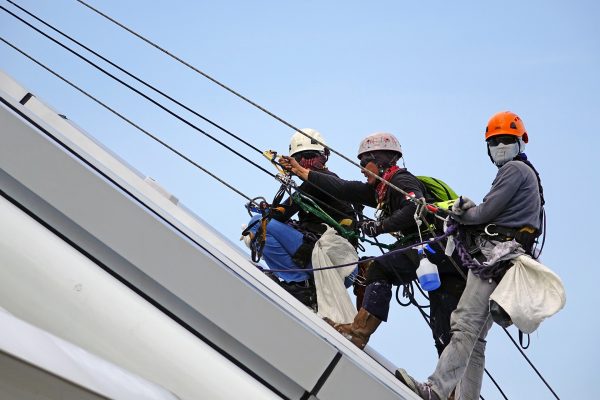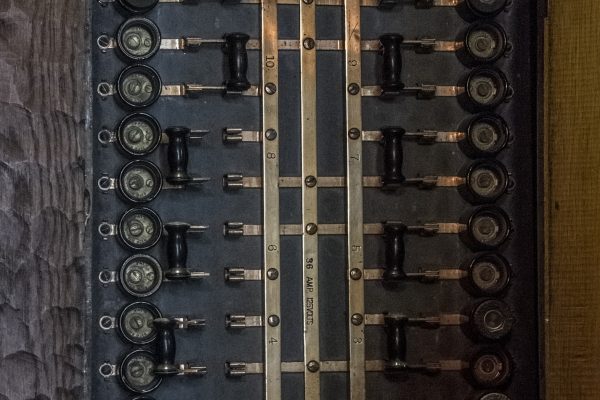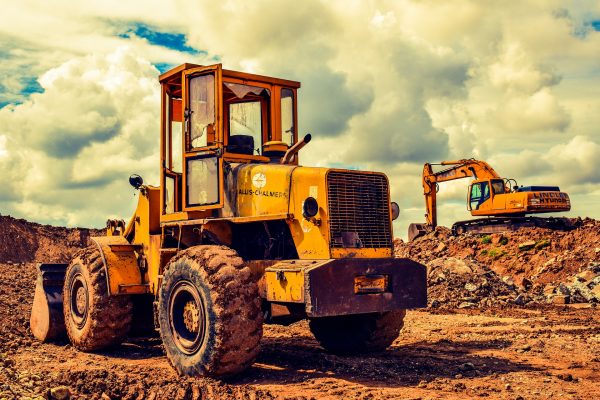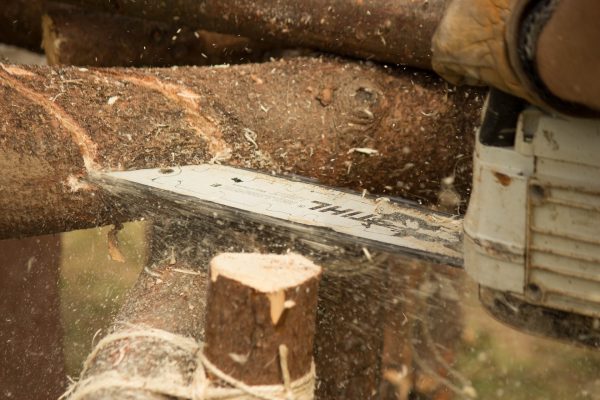Keep electrical cords out of the way to avoid possible tripping hazards When storing electrical cords, ensure you either coil or hang them Ensure that cords are not damaged prior... read more →
Quick Tips
Inspect welding tools prior to use Keep fire hazards a safe distance away Keep a fire extinguisher near work area Use fire tarp to avoid sparks coming into contact with... read more →
Using water to prevent creation of dust Wet-sweeping, where possible Dust-collectors Enclosures
Avoid extensive exposure Wear appropriate PPE to protect skin and eyes Work in well-ventilated areas Follow manufacturer's directions
Check the condition of your harness prior to use Look for damage to harness, including corrosion, broken stitching and rips Never use damaged harnesses Ensure labelling on harness is legible.... read more →
Know where panel and circuit breakers are located in case of emergencies Ensure access to panels, circuit breakers, and fuse boxes is unobstructed Ensure panel boxes are properly covered and unlocked... read more →
If not handled properly, adhesives, sealers, and varnishes can lead to serious health hazards Work in properly ventilated areas Avoid breathing in vapours Avoid direct skin contact with adhesives, sealers,... read more →
Identify your stressors & work on healthy responses Take breaks and time to recharge and regroup Identify ways to relax at work and practice them often Talk to your supervisor/management... read more →
One of the primary hazards when excavating: cave-ins Be aware of buried utilities and electrical cables- be sure to obtain locates prior to commencing excavation Watch for tripping hazards
Work in well-ventilated areas when completing any process that creates wood dust Consider using methods that may create less dust (i.e. planer instead of sanding) Using respirator protection, if required

